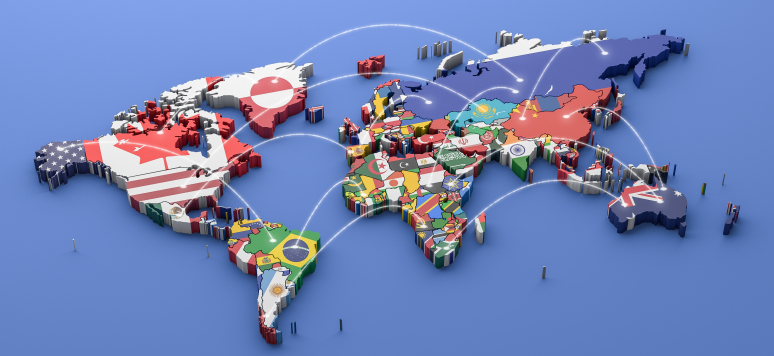Etudes de l'Ifri - The Technology Policies of Digital Middle Powers Etudes de l'Ifri, February 2023

Digital technology is an element of power in the international system as well as an area for competition among countries. The study provides a qualitative comparison of the technology policies of nine of the digital middle powers: Brazil, India, Israel, Japan, Kenya, Nigeria, Russia, South Korea, and the United Kingdom. It seeks to reflect the diversity of national technology policies, as well as to identify those countries’ convergences and divergences with Europe, the United States and China.
Considering the economic weight and political voluntarism of the U.S., China, and the EU, those three poles of power have received a lot of attention when it comes to their technology policies. This study aims to shift our gaze towards countries outside of the trio. Digital middle powers are those countries which are caught in the middle of the power play in an emerging multipolar international system where digital technology is a determining factor of power. It also refers to countries with established or growing clout in digital technology, and which are regional leaders or global ones in certain sectors.
Each case study introduces national technology and digital innovation ecosystems, data policies, and the state of digital infrastructure. These elements serve to examine the strengths of the country’s private sector in technology, the government’s regulatory capacity, and the degree of digital development. The chapters then look at how the digital domain is embedded in the broader dynamics of their bilateral relations with the U.S., the EU and China.
A first conclusion is that digital middle powers can usefully be differentiated between rising digital powers and established ones. Established digital powers have well-developed ecosystems, regulations and infrastructure, but they are all having to renew and re-focus their technology policies to remain relevant. By contrast, rising digital powers tend to have budding ecosystems in digital services and mobile applications, and large ongoing infrastructure development projects, albeit with limited or patchy regulatory capacity.
When it comes to foreign relations, the study confirms well-identified trends whereby the EU’s influence occurs chiefly through the elaboration of norms; the U.S.’s via the strength of its digital services and private sector investment, as well as strong bilateral security ties; while China’s growing influence is underpinned by large infrastructure projects. All the countries studied are attempting to balance their relations with U.S., China, and the EU. None, save for Russia, has outrightly “picked a side” and severed ties with one or two of the blocs.
Watch the video of the launch webinar: Digital Middle Powers: What Strategies in the Global Tech Competition?
